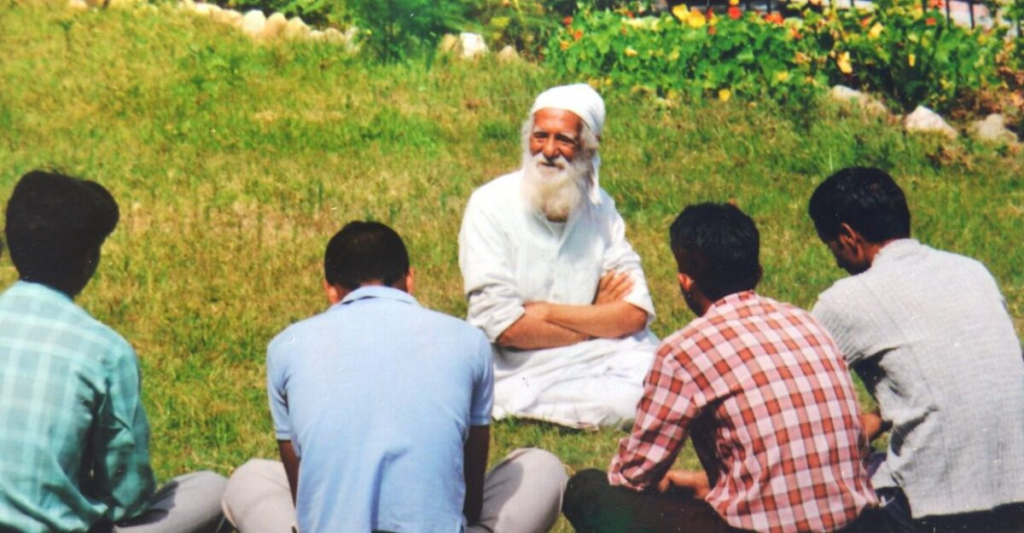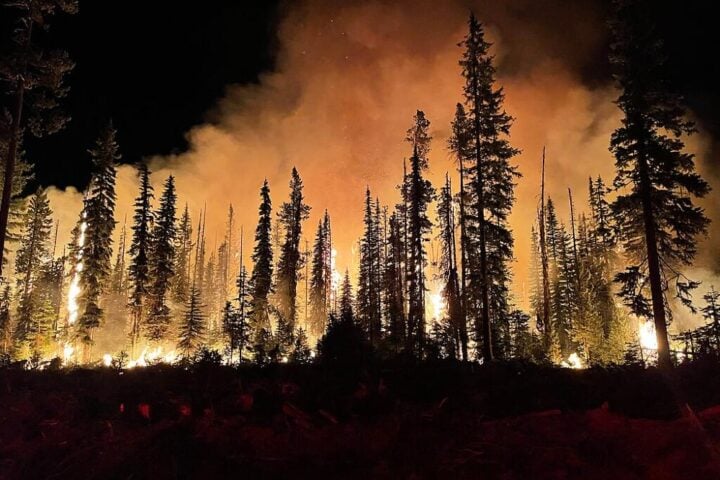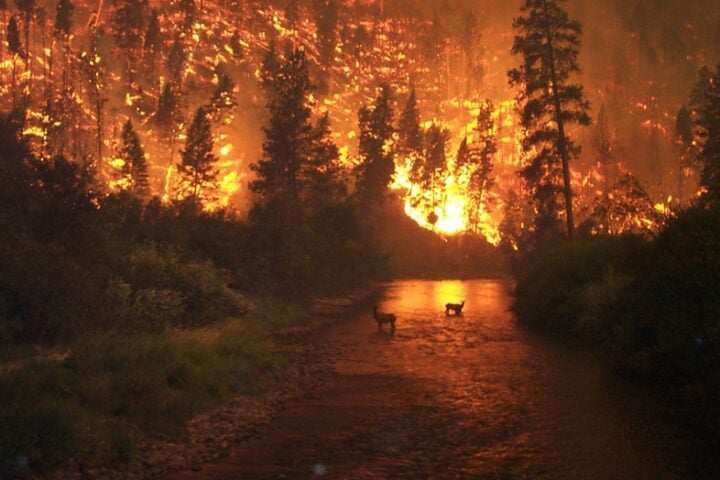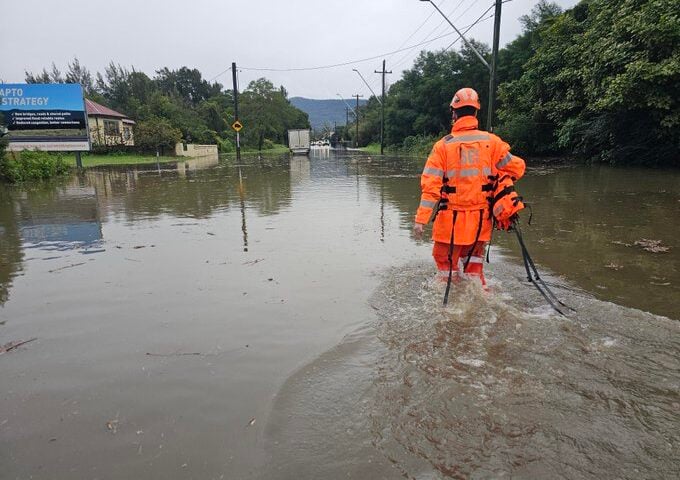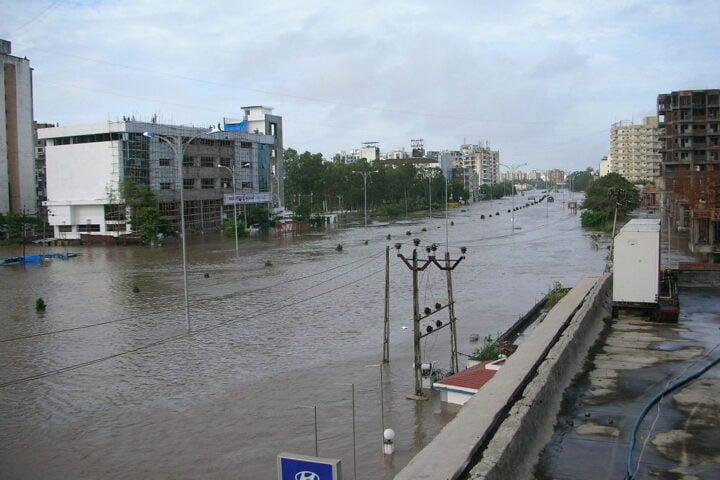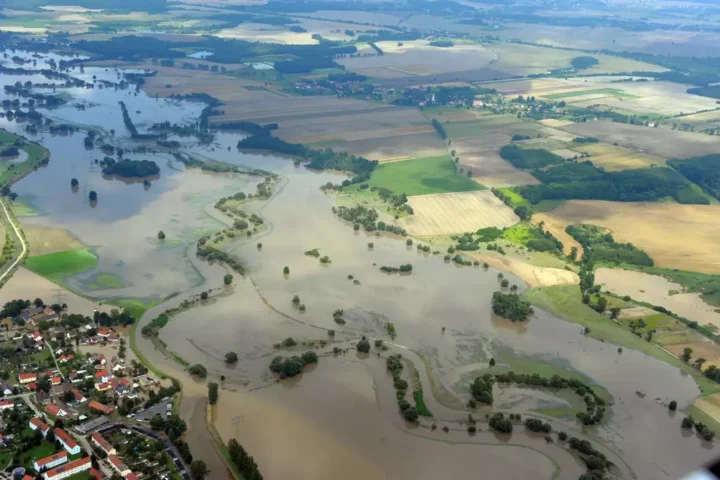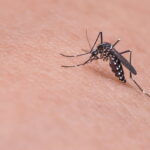Human activity has degraded as much as 40 percent of the world’s land, a UN study reports. The UN report says up to 40% of the Earth’s land is degraded, threatening roughly half of the global Gross Domestic Product ($44 trillion).
The second edition of the Global Land Outlook from the United Nations Convention to Combat Desertification (UNCCD), which took five years to compile, revealed the global food systems to be the largest culprit of land degradation. Agriculture takes up nearly half of the world’s land area, which has seen forests decimated to create livestock ranges and crop fields. Experts say that is not sustainable in the long run. “We need to urgently rethink our global food systems, which are responsible for 80% of deforestation, 70% of freshwater use, and the single greatest cause of terrestrial biodiversity loss,” said Ibrahim Thiaw, Executive Secretary of the United Nations Convention to Combat Desertification (UNCCD).
More than 70 percent of the Earth’s land has been altered by human activity, and up to 40 percent is degraded. Degraded land – which has been depleted of natural resources, soil fertility, water, biodiversity, trees or native vegetation – is found all over our planet. Growing food on degraded land becomes progressively harder as soils rapidly reach exhaustion and water resources are depleted. Degradation also contributes to the loss of plant and animal species and can exacerbate the climate crisis by reducing the Earth’s ability to absorb and store carbon. With the rapid growth of modern agriculture, there’s been a sharp increase in methane and nitrous oxide emissions, two greenhouse gases that are more potent than carbon, largely from nitrogen fertiliser use and livestock. Land degradation increases poverty and pollution and puts the people who live on or near it at risk. More than 3 billion people are already living with the impacts of desertification, land degradation and drought. The majority of which are poor rural communities, small-scale farmers, women, youth, and Indigenous peoples.
To meet countries’ current combined pledge to restore a billion hectares by 2030, it’s estimated that USD 1.6 trillion will be required in total. For comparison, USD 700 billion are currently injected every year into harmful fossil fuel and agricultural subsidies. “Conserving, restoring, and using our land resources sustainably is a global imperative, one that requires action on a crisis footing,” noted the report’s authors. “Business as usual is not a viable pathway for our continued survival and prospierity.” Under business-as-usual, land degradation would claim large swathes of the planet; agricultural productivity would decline in many areas, particularly sub-Saharan Africa; and an additional 69 gigatons of carbon would be emitted.
“Investing in large-scale land restoration is a powerful, cost-effective tool to combat desertification, soil erosion, and loss of agricultural production,” said Ibrahim Thiaw. About half of the world’s annual economic output, or about $44tn a year, is being put at risk by land degradation, according to the report. But the economic benefit of restoring degraded land could amount to between $125tn and $140tn a year, which would be about 50% more than the $93tn recorded global GDP for 2021. Currently, land restoration targets made by 115 countries, nearly half of them LDN targets, would restore a total of one billion hectares. The report also joined with the emerging scientific consensus that protecting the land rights of Indigenous peoples and local communities is essential for protecting the land itself.


